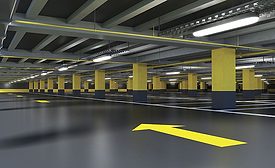Home » Acrylic Resins
Articles Tagged with ''Acrylic Resins''
The Impact of Film Properties on Corrosion Resistance
in Waterborne Acrylics and Next-Generation Low-VOC Resin Development
February 5, 2018
Keep the info flowing with our eNewsletters!
Get the latest industry updates tailored your way.
JOIN TODAY!Copyright ©2025. All Rights Reserved BNP Media.
Design, CMS, Hosting & Web Development :: ePublishing






